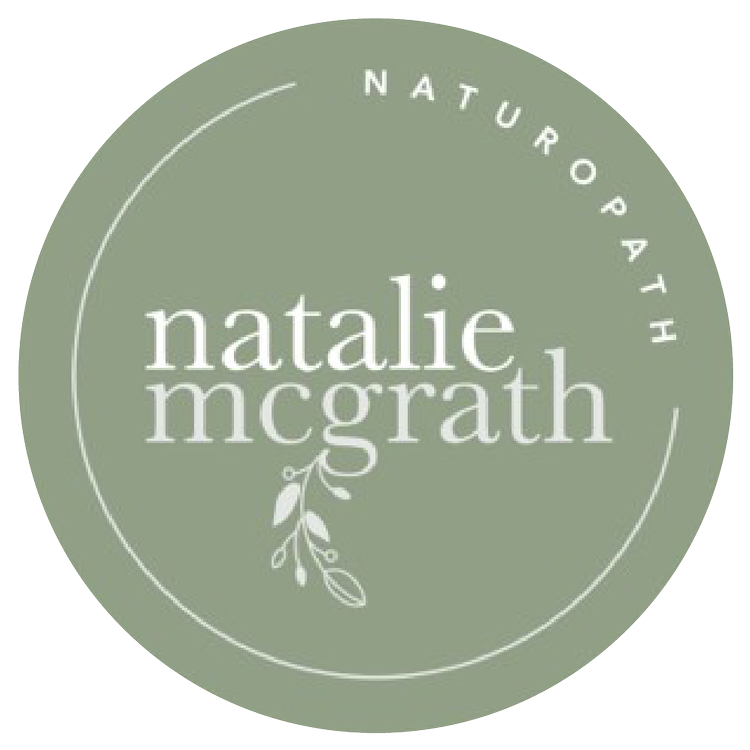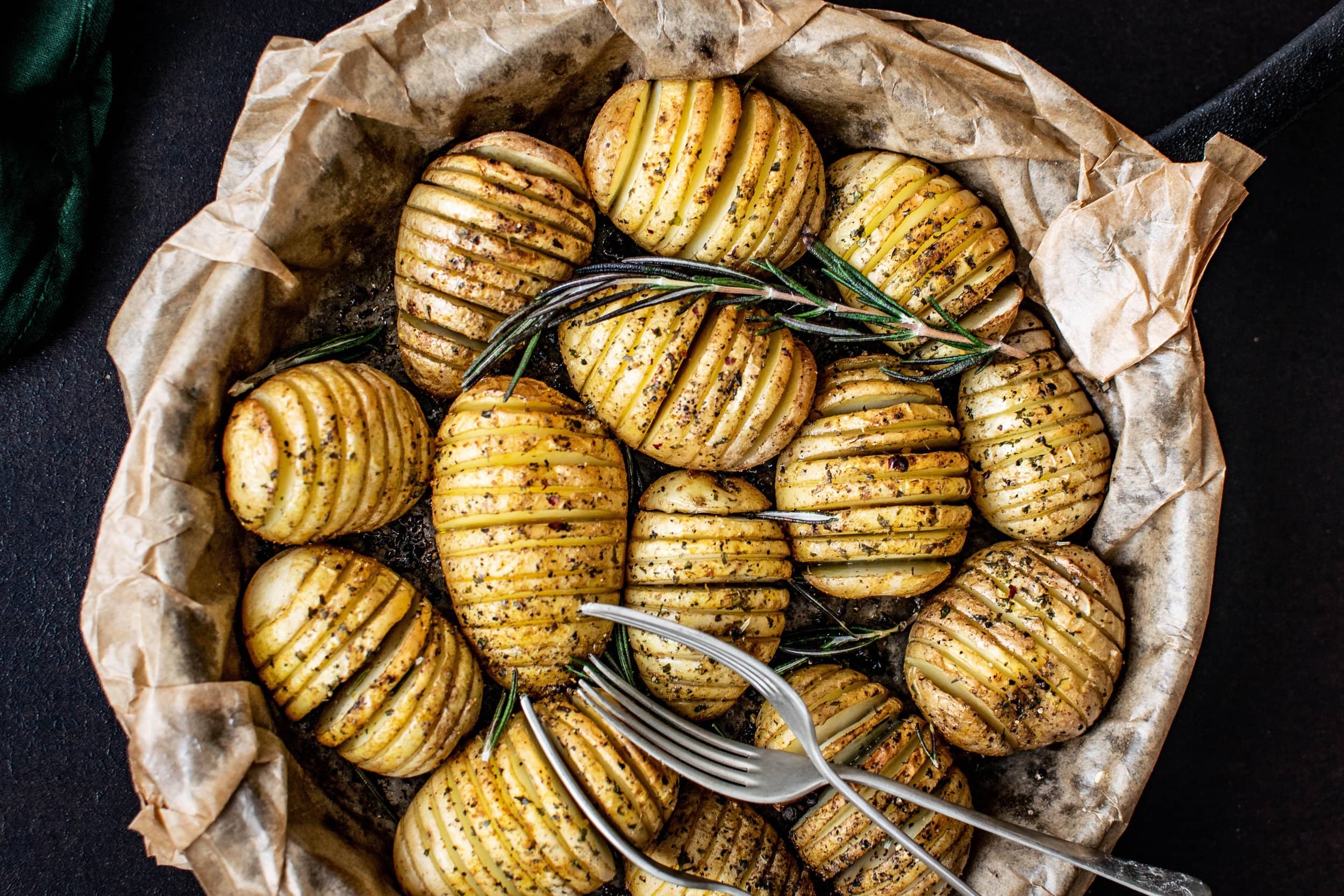USING RESISTANT STARCH TO FUEL THE MICROBIOME
Resistant starch is a type of fibre and is one of the fuel sources that feeds our amazing microbiome. It gets its name from being resistant to digestion and when it arrives in the large intestine this is where it gets to work. It promotes fermentation of short chain fatty acids, which then promotes the production of a compound called butyrate, which plays a key role in promotion of gut health and general well being.
BENEFITS OF RESISTANT STARCH
- Promotes intestinal barrier integrity
- Decreases toxin absorption
- Decreases abdominal pain wand IBS symptoms
- Enhances insulin sensitivity
- Upregulates mitochondrial function, therefore it increases metabolism
- Reduces inflammation
- Increases weight loss
Interestingly, the way you prepare starch-containing foods affects their starch content, as cooking or heating destroys most resistant starches. However, you can “recapture” the resistant starch content of some foods by letting them cool after cooking.
Foods high in Resistant Starch.
1) COOKED AND COOLED POTATO
If prepared correctly and left to cool, potatoes are a good source of resistant starch.
I like to cook them in bulk and have half a cup of cooled potato in salads. With some herbs and spices they are my favourite. Its important to have them cold as this will contain significant amounts of resistant starch.

